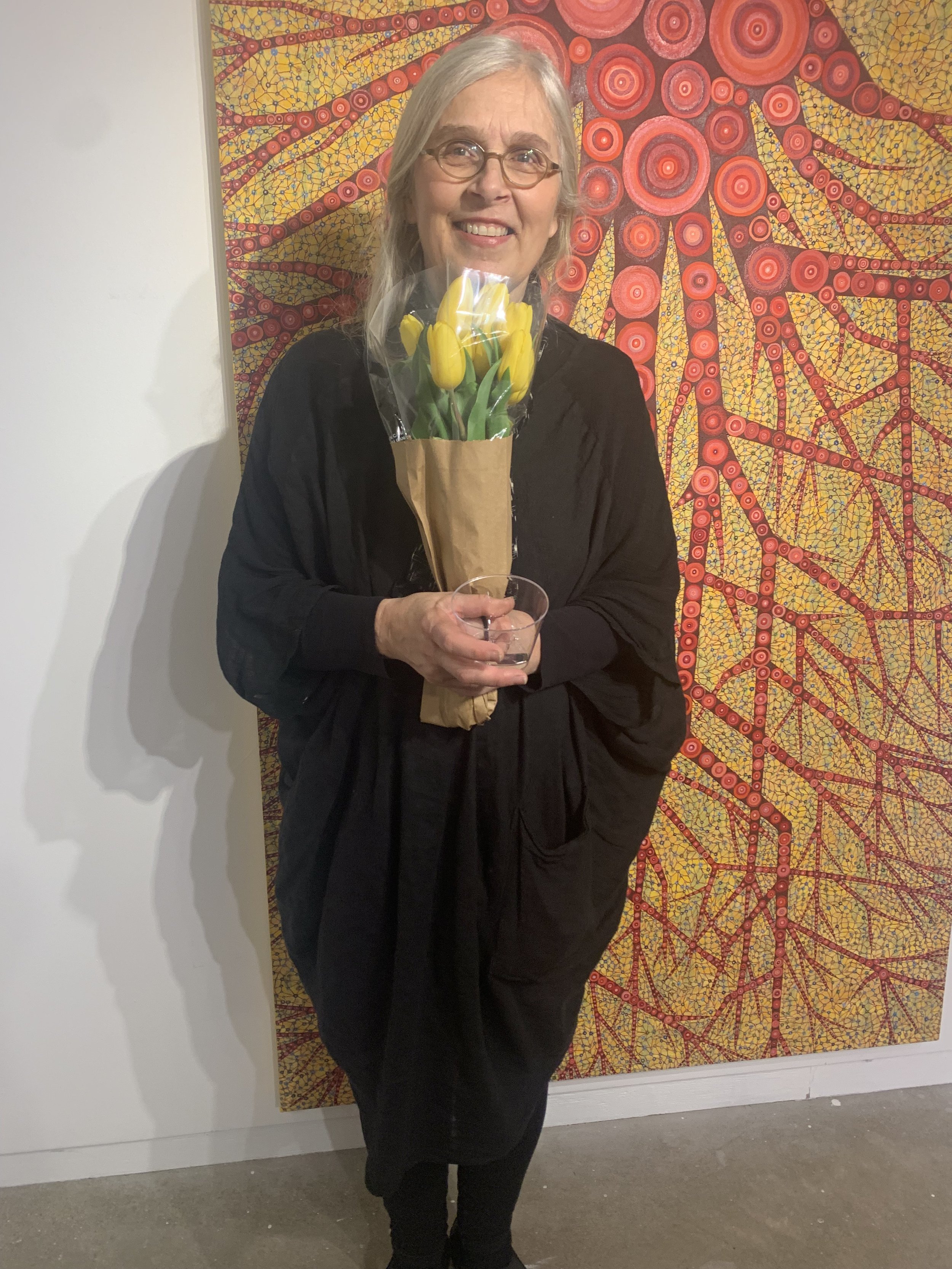Pell Lucy:: In Praise of Form
Piano Craft Gallery, 793 Tremont Street, Boston MA
April 1 -24 2022
A catalogue accompanied the exhibition.
P E L L L U C Y :: I N P R A I S E O F F O R M
My catalogue page
Exhibition catalogue essay:
Over the last several decades, formalism in the visual arts has largely been considered a critical embarrassment, one more relic of a bygone era felled by misbegotten ideals. Indeed, since the rise of postmodernism in the latter half of the last century, art has become ever more discursive, prioritizing issues and ideas over the forms in which they are instantiated, often relegating the latter to the status of incidental. But with the larger cultural search for more ecologically aware ways of being, many artists are returning to form, not in the name of a new art world ism but as a means of reclaiming our continuity with nature.
Pell Lucy is a collective of just such artists. Established in 2019 under the leadership of Deborah Barlow, the group coalesced around a set of shared values, all rooted in the emerging ecological ethos. Rejecting the preoccupation with the self that has been our modern Western inheritance, Pell Lucy’s orientation is decidedly outward: away from the human subject formerly at the center of the world and toward the larger world beyond us from which we have become estranged. And for these artists it is form – sensually embodied, discursively silent form – that most powerfully conducts us in this direction. It is the language of the sensual, after all, that we share with other creatures – or, in the Native American locution, with All Our Relations.
Departing from the rigid binaries of the formal- ism of old, Pell Lucy’s pivotal belief is that form, like the body, possesses an intelligence of its own – one far more capacious than conscious, discursive thought. No longer opposed to content but a kind ofcontent of its own, form is here honored as our originary language.
Addressing itself directly to the body, form accesses the deeper regions of our bodymind that house our biological inheritance, both as animals born of the earth and as matter born of the cosmos. And because it embodies the same forces that animate all matter – its rhythms and patterns, its tensions and vibrations – form acts on these deeper levels as an agent of re-membering: bringing back into union that which has been wrest apart. Through attentive engagement with form, these artists believe, we can re-awaken to ourselves as creatures and thus recover a felt participation in the vitality of the world.
Following from the move away from human centrism is Pell Lucy’s embrace of unknowing, of mystery. In a culture that prizes certainty and mastery, much recent art has become intent on delivering messages (and with increasing stringency, those of a political nature). But for Pell Lucy, ambiguity is art’s strongest suit; serving as a kind of gateway to wonder, not- knowing can be a potent means by which those willing to make the self-surrender can profoundly experience a re-enchantment of the world. Offering sensually alluring objects that defy comprehension, these artists draw the viewer into a wilderness of otherness – but one that, while alien to the thinking mind, resonates deeply with the knowing body.
Although it eschews explicit messages or any didactic agenda, Pell Lucy’s vision is nonetheless deeply political. Indeed, withits radical embrace of form as an agent of re-membering, the group embodies a plea for unification on every level. For in reminding us of our shared inheritance with all of earth and cosmos, sensual form necessarily awakens us to our commonality with our fellow humans.
Returning us to our carnal senses and then drawing us outward, form can thus be a source of great renewal and reconnection.
While its sights are set firmly on the larger world, Pell Lucy’s ultimate challenge is to art itself. Will it continue to hold human reason as its highest value and thus remain mired in a moribund worldview? Or, infused with the spirit of a wisening culture, will it welcome back into its fold all that reason has cast out and thus help lead the way to a more integrated future? For these artists at least, the answer is as clear as the name of their group suggests.
– Taney Roniger
At the opening with flowers from students
The exhibit was reviewed by Kate McQuaid in the Boston Globe, April 14, 2022



